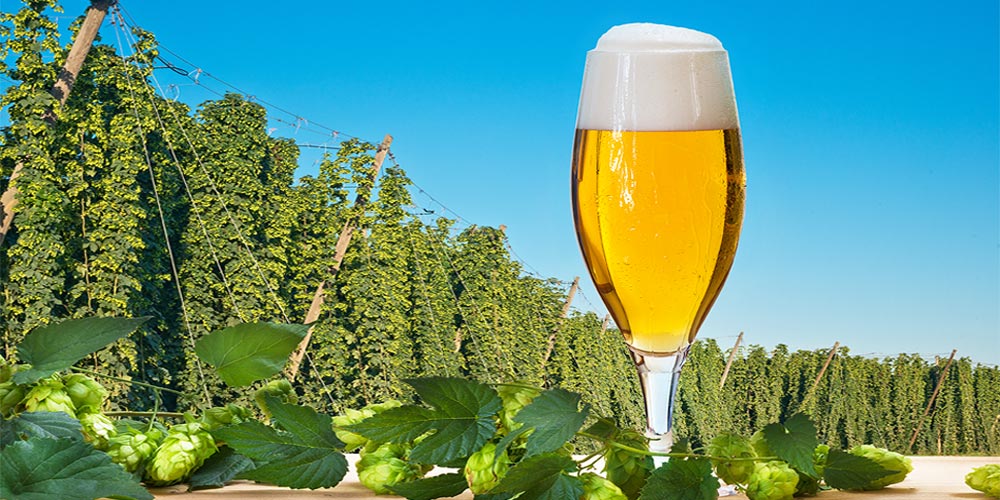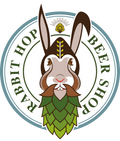
History of Belgian Blond Ale
Belgian Blond ale is a bit of a conundrum. It has a relatively short history and shares the same impetus of origin as Belgian Tripel, Belgian Golden Strong, and even the modern iteration of the Belgian pale ale.

To make things even more confusing it is, on the whole, quite a feat of the senses — often possibly imagined? — to tell a Blond from a Tripel from a Golden Strong.
These styles are all less than 100 years old, though their creation is based in one of the richest and most diverse brewing traditions in the world. The Belgian brewing tradition finds its roots somewhere in the Middle Ages when beer was a thing of sustenance, made in the home. Ever aware of tradition and somewhat circumspect of encroaching modernity Belgian brewers nursed a distinct and unparalleled brewing culture down through the centuries.
When lager swept through much of Europe like a firestorm at the turn of the 18th century, Belgian brewers had to get creative if they were going to compete and stay in business. Sticking to their roots the brewers used the same winsome and distinctly Belgian ale yeasts, but changed the grain bill to include the paler pilsner malt; thus creating a new style of beer.
A broadly defined and loosely categorized style: a golden ale.
It was an ale with room to move. Golden Strong, Blond, and Tripel, were all some variation on this general theme. Each brewed to appeal to a populous grown starry-eyed with the novelty of the juggernaut called Pilsner. No doubt it is this common thread which makes these styles so hard to distinguish from one another.
It is uncertain whether the Blond evolved from the Golden Strong or the Golden Strong from the Blond. The two styles are so similar.
The one really defining characteristic between them being the somewhat arbitrary measurement of alcohol content; Blond stops were Golden Strong, and Tripel for that matter, begin.
The Belgian blonde also tends to be slightly sweeter and lack some of the rich complexity of both Golden Strong and Tripel.
Style Profile & Characteristics
The guidelines for the Belgian Blond Ale style are set by the Beer Judge Certification Program (BJCP) Style Committee. The below details are a summary of what a Belgian Blond Ale should represent.
The BJCP classifies the Belgian Blond beer style as an “Strong Belgian Beer” and it can be found in their guidelines as category 25A. Other beer styles in this category include: Saison (25B) and Belgian Golden Strong Ale (25C).
Appearance:
A pale to deep gold colored beer, usually exhibiting superb clarity. A white to off-white, tall, and densely creamy head should form; displaying decent head retention and lacing.
Aroma:
Aroma should be subtle yet nuanced. It should have a sweet grain character from the malts. Hops are light and should have qualities of earthy spice. May exhibit a slight sugar-sweet quality. Yeast character can be quite complex and include fruity esters — often orange or lemon-like, — spicy phenols, and alcoholic signatures that are honey or perfume-like.
Mouthfeel:
May be somewhat creamy and smooth, medium body, with light to medium alcohol warmth. Moderately high to high carbonation can make for a zippy, prickly ride across the palate.
Taste:
Smooth rounded flavor. Moderate grain sweetness balanced by medium bitterness from a combination of alcohol and hops. Possible notes of soft caramelization or honeyed sweetness. Hop flavors should come through lightly with qualities of earth and spice. Yeast character is mellow but subtle with a combination of fruity, sometimes perfume-like esters, and alcohols. Often perceived as orange-like or lemony. Some light phenolic spiciness is an option. Finish should be moderately dry to dry. Some warming alcohol character should be noticeable in the aftertaste.
Food Pairings:
A Belgian Blond is subtle, light, and often dry it works fantastically well with just about any sort of fish you can think of. Its subtleties match lighter fish dishes splendidly while its high carbonation helps to cut through the fat and oil often found in heartier fish dishes. Other subtle flavors such as pasta, chicken, or seafood also find a friend here. If pasta isn’t pasta for you without a hardy tomato sauce or pesto bring it on. This styles high carbonation scrubs the palate and goes well with most hot cuisine, be it Mexican, Indian, or Asian.
Cheeses such as brie, nutty gouda, or aged jack work nicely with this beer.
Desserts should be kept light though there might be something to be said desserts with some heat to them such as hot ginger cookies or spiced vanilla ice cream.
Storage & Serving:
For best presentation and greatest appreciation, a Belgian Blond should be served at around 8-10°C in a tulip glass. They are best stored at cellar temperatures away from light and can age for 9 months or more.
source
